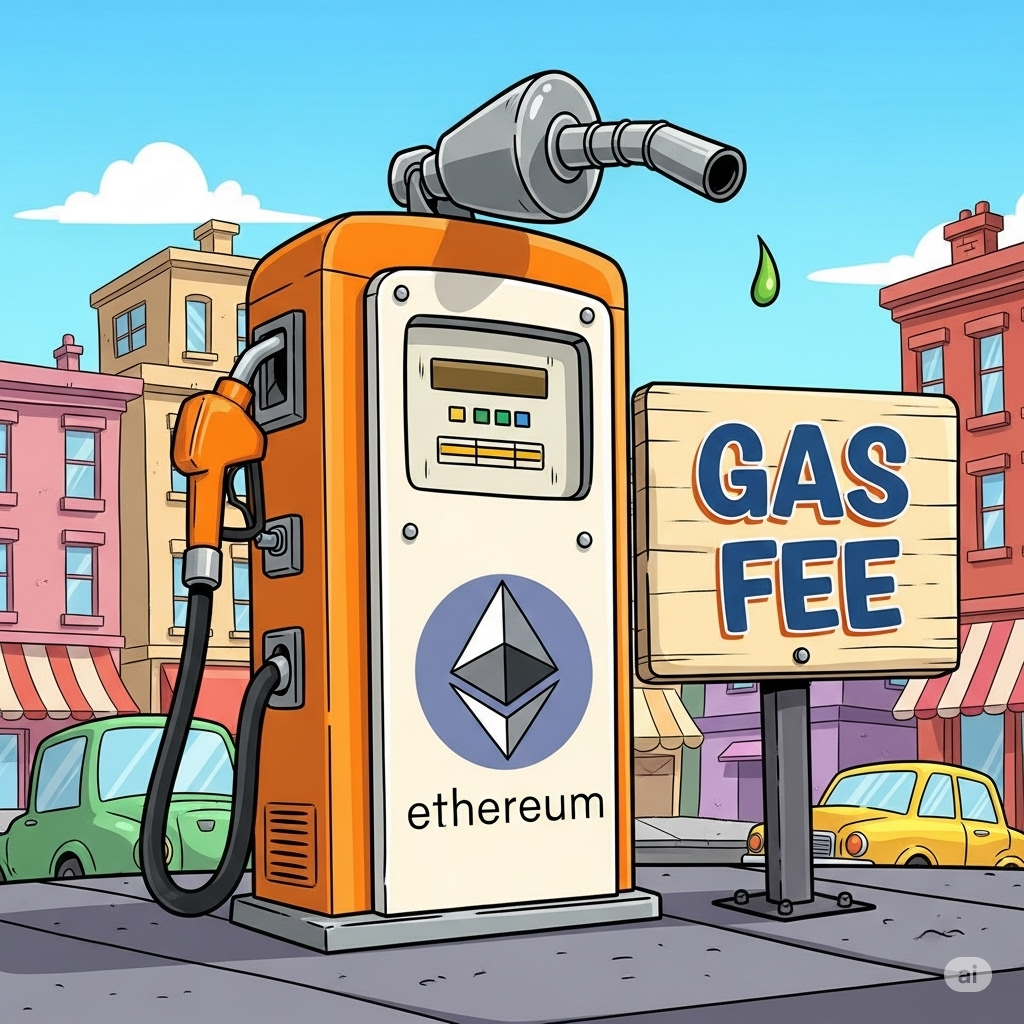If you’ve ever used Ethereum or another blockchain network, you’ve probably seen a line that says “gas fee.” It might seem confusing at first, especially if you’re new to crypto. Why is there a fee at all? And why does it keep changing?
Let’s break it down in simple words and real-world comparisons, so anyone can understand how gas fees work—and how you can deal with them smartly.

What Are Gas Fees, Really?
Gas fees are the transaction costs you pay when using a blockchain network like Ethereum. Every action—whether it’s sending crypto, swapping tokens, or minting an NFT—uses network resources.
Those resources are provided by people called miners or validators. They process and confirm your transaction. To reward them, users pay gas fees.
You can think of it like paying a toll when using a highway. You’re using shared infrastructure, so the fee helps keep everything running.
Why Do Gas Fees Exist?
Blockchains, especially Ethereum, are built to be secure and decentralized. That means there’s no central company managing everything. Instead, thousands of computers across the world keep things going.
But those computers use electricity and computing power. Gas fees are the incentive for people running those machines to do the work.
Without gas fees, no one would have a reason to process your transaction. The whole system would slow down or stop.
What Determines the Cost of a Gas Fee?
The gas fee isn’t a fixed number. It changes based on a few key factors:
- Network Demand
When lots of people are using the blockchain at the same time, gas fees go up. Think of it like rush hour traffic. - Transaction Type
Some actions cost more than others. Sending ETH from one wallet to another is cheap. But minting an NFT or interacting with a smart contract can cost more. - Gas Price (Gwei)
Ethereum measures gas in tiny units called gwei. The more gwei you offer, the faster your transaction is confirmed. It’s like tipping extra to jump the line. - Gas Limit
This is the maximum amount of gas you’re willing to spend. If the limit is too low, your transaction might fail.
So in simple terms: High traffic + complex transaction = higher gas fees.
How High Can Gas Fees Go?
At times, gas fees can get shockingly expensive. During popular NFT launches or crypto bull runs, people have paid $100 or more just to send one transaction.
This happens because the network can only handle a certain number of transactions per second. When demand explodes, everyone starts bidding higher to get their transaction processed quickly.
It’s like being at an auction where everyone is trying to buy limited space on the blockchain.
How to Reduce and Manage Gas Fees
Paying high gas fees isn’t fun. But there are smart ways to lower the cost or avoid it altogether.
1. Time Your Transactions
Use tools like Etherscan Gas Tracker or ETH Gas Station to check when the network is less busy. Early mornings or weekends often have lower fees.
2. Use Layer 2 Networks
Platforms like Arbitrum, Optimism, or Polygon are built on top of Ethereum. They offer the same functionality but with much lower gas fees.
Think of them as side roads that help you avoid traffic on the main highway.
3. Bundle Your Transactions
If you need to do several actions, combine them into one. Some wallets and apps let you batch tasks, reducing overall gas costs.
4. Adjust Gas Settings Manually
Many wallets like MetaMask let you choose your gas fee. You can set it lower and wait longer—or increase it to get faster confirmation. Just be careful not to go too low, or the transaction may fail.
5. Switch to Lower-Cost Chains
Ethereum isn’t the only option. If your use case doesn’t require it, try Binance Smart Chain, Avalanche, or Fantom, which generally have cheaper fees.
Why Gas Fees Are a Good Thing (Sometimes)
It may sound strange, but gas fees actually protect the network. If transactions were free, spammers could flood the system, making it unusable for everyone.
By attaching a cost to every action, blockchains make sure people think before they click. It adds a layer of seriousness and keeps things running smoothly.
Gas fees also encourage innovation. Many developers are now building apps that reduce or hide these costs through refunds, batching, or fee subsidies.
So while fees can be annoying, they serve an important role.
